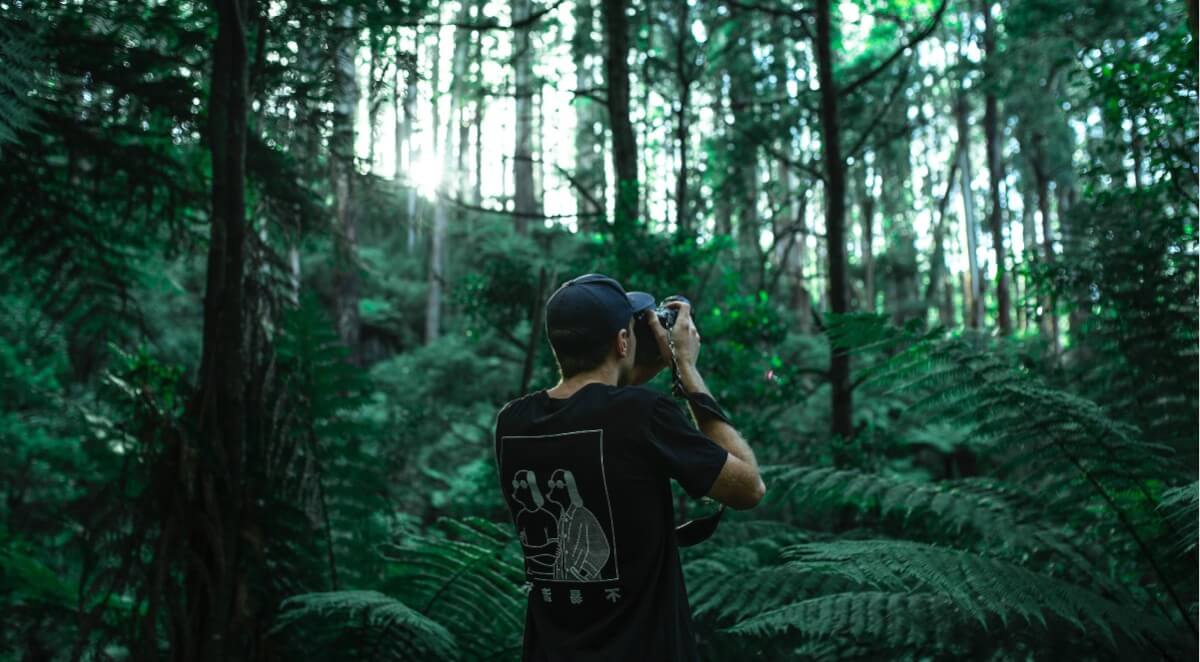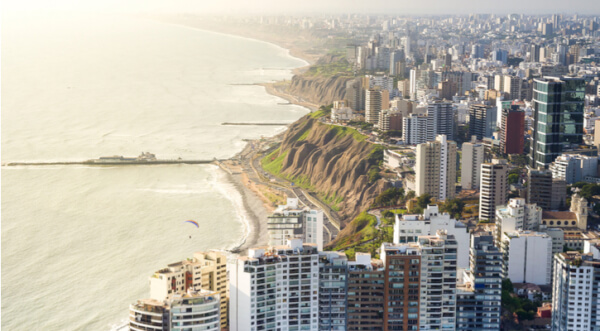ATMs in Peru: Credit cards and fees
Off to Peru? Lucky you. Take care, though: whenever you travel abroad, getting hold of your money can become a costly affair. Here’s a guide to how to use...

Tourists from around the world visit Peru to hike the Inca trails, buy jumpers made from alpaca fur, and see ancient Mayan ruins. But it’s not all fun and games. Visitors from other countries should be aware of the risks of visiting Peru, like the potential risk of germs and the spread of disease.
For Americans, Australians, and Brits, there are no vaccinations that are absolutely required to visit Peru, unless you fall into a very specific category of visitor. However, you’re at risk for food-borne and mosquito-borne illness, and you may not be accustomed to the climates and ecosystems you encounter. Read on to get a comprehensive overview of recommended vaccinations and health suggestions before you travel.
Immunisations, shots, and vaccinations are all separate entities, but they work together to prevent the spread of disease within your body. This entire process, the increase in protection against disease, is called immunisation. You’ve surely received a shot or a jab from your doctor’s office. It could be for the flu or to protect you against another form of disease. The substance within this shot is what’s known as a vaccine. The vaccine enters your body to start training your system to fight off unknown germs. Some vaccines contain miniscule forms of the disease you’re being immunised against, and you might feel sick for a short period of time. However, overall your body is strengthening in resistance against this disease. Immunisations are the most effective way to stop the spread of infectious disease.
People get vaccinated to protect themselves and protect their communities from spreading infectious diseases. As you travel and your body is exposed to new germs and elements, you’re more vulnerable to becoming a disease-carrier. You don’t want to take bacteria, germs, and other strains of disease back to your home country to spread them there. As a result, vaccinating yourself before traveling is highly responsible. You’ll not only lower your risk of picking up a disease - you’ll lower the risk of your community picking up that disease from you.
Vaccines are responsible for the eradication of several diseases in recent history. Smallpox - once responsible for around 20% of deaths in Europe - has been declared eradicated since 1980 thanks to vaccinations. While many countries don’t mandate vaccinations, they’re usually recommended for certain highly infectious germs and diseases.
In 2016, Peru was subject to an outbreak of Oropouche fever. Most cases were located in the northern part of the Cusco region in the Amazon rainforest. You should wash your hands regularly and drink bottled water to minimize your vulnerability.
2016 also saw the outbreak of the Zika virus in Peru. Zika is similar to Dengue Fever and Yellow Fever in that it can be spread through mosquito bites. Symptoms include headaches, rashes, muscle ache, and joint pain, so be on the lookout for those symptoms.
Risk for malaria is also present in rural areas at altitudes below 2,000 meters. Most cases are reported from the Loreto area of the Amazon. The highest risk districts are Ayacucho, Loreto, Madre De Dios, Piura, and Pasco.
Best practice usually recommends that you visit your doctor about a month before traveling. Check in to make sure all of your routine vaccinations are up to date, like your measles-mumps-rubella (MMR) and diphtheria-tetanus-polio (DTap). At that point, you can check in about other vaccinations they might recommend based on your travel itinerary and the specific locales you’ll visit.
The following table outlines recommended vaccines for foreign visitors to Peru:
| Disease/vaccine | Vaccine required? | Recommended For... | Reason |
|---|---|---|---|
| Hepatitis A | No | Most travellers | You can get Hepatitis A through contaminated food or water in all areas of Peru |
| Typhoid | No | Most travellers, especially those staying with family in rural areas | Typhoid can be contracted through contaminated food or water in many different countries. |
| Malaria | No | Some travellers, especially those sleeping outside or spending a lot of time outdoors | There isn’t a vaccine for malaria, but all travellers should know the risks of contracting malaria and avoid mosquito bites. |
| Yellow Fever | No | Recommended for all travelers over 9 months of age going to elevations above 2,300m in: the regions of Amazonas, Loreto, Madre de Dios, San Martin and Ucayali, Puno, Cusco, Junín, Pasco, Huánuco, and certain areas far north of Apurimac, far northern Huancavelica, far northeastern Ancash, eastern La Libertad, northern and eastern Cajamarca, northern and northeastern Ayacucho, and eastern Piura | There’s a risk of yellow fever in some parts of Peru. |
| Rabies | No | Recommended for travelers who will be spending lots of time in remote areas, working with animals, or others who are likely to receive animal bites | Rabies can be found in several mammals in Peru. |
| Hepatitis B | No | Only recommended for travelers who plan to have sex with new partners or undergo procedures involving needles, such as piercings or tattoos | Hepatitis B can be contracted through sexual contact, contaminated needles, and blood transfusions. |
The driest, and therefore most disease-free season in Peru is the winter, from May through September. The wetter season is December through March, where you can expect plenty of rain storms and more humid weather. Temperatures tend to fluctuate from the day to night, with sudden drops occurring after sundown.
If you’re calling from an international cell phone, you can use the country code +51 to reach a local Peruvian number. You can reach the following emergency services in Peru through your phone:
If you need other information about healthcare, medicine, or emergency services, visit the following websites:
Peru has sufficient infrastructure so that you can usually find help when you need it. If you take precautionary measures and plan ahead, you’re very likely to enjoy your trip there unscathed and return home disease-free. Should you come down with something, know what symptoms are serious and which ones are simply unpleasant. The more prepared you are, the more likely you are to remain healthy and enjoy your trip.
*Please see terms of use and product availability for your region or visit Wise fees and pricing for the most up to date pricing and fee information.
This publication is provided for general information purposes and does not constitute legal, tax or other professional advice from Wise Payments Limited or its subsidiaries and its affiliates, and it is not intended as a substitute for obtaining advice from a financial advisor or any other professional.
We make no representations, warranties or guarantees, whether expressed or implied, that the content in the publication is accurate, complete or up to date.

Off to Peru? Lucky you. Take care, though: whenever you travel abroad, getting hold of your money can become a costly affair. Here’s a guide to how to use...